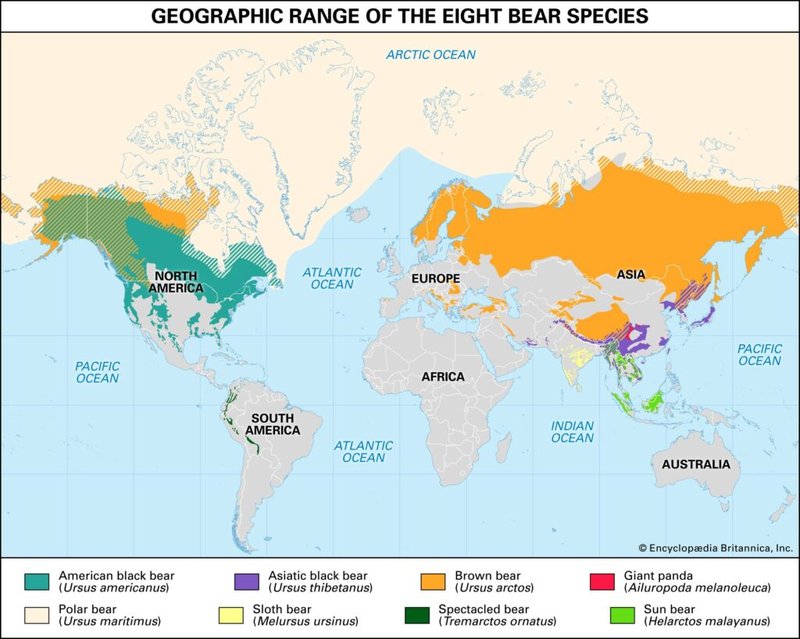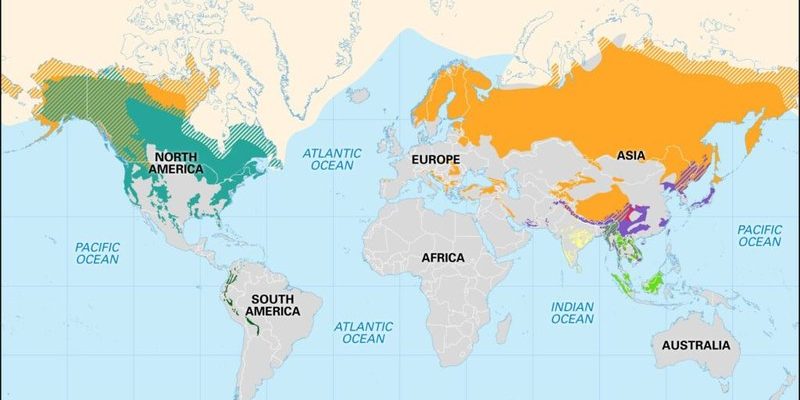
Silkies are a breed of domestic chicken known for their silky plumage, which feels more like fur than feathers. They’ve gained popularity not only for their appearance but also for their friendly temperaments. Many people keep them as pets, and you can often find them in backyard coops, farms, and even at fairs. But if you’re on the hunt for these charming birds in the wild, knowing where to look can make all the difference.
The Origins of the Silkie
Before we jump into finding Silkies around the globe, it’s worth taking a quick look at their origins. Silkies are believed to have originated in Asia, particularly in China, where they were cherished for their unique looks and gentle nature. Their soft, fluffy feathers come from a genetic mutation that makes them different from other breeds. This breed has been around for centuries, often associated with exotic stories and myths.
You might be wondering why Silkies are so special. Well, aside from their adorable appearance, they are known for being friendly and nurturing, making them perfect for families and children. Their docile nature means they get along well with other animals, and many chicken enthusiasts enjoy adding them to their flocks. Knowing their background helps us appreciate where they might be found today.
General Distribution of Silkies
Silkies can be found all over the world, thanks to their popularity as both pets and show birds. They thrive in various environments, from temperate to tropical climates. In backyard settings, you might spot Silkies alongside other chicken breeds, adding a splash of fluffiness to any farm scene.
The good news is, Silkies are not particularly picky about their living conditions. They can adapt well to different environments, provided they have adequate shelter and care. Whether in urban gardens or sprawling farms, if you keep an eye out for chicken coops, you’re likely to find some Silkies scratching around happily.
North America: A Silkie Haven
In North America, Silkies are especially popular among backyard poultry keepers. These birds have found a place in both rural and suburban areas. You might spot them clucking around in backyards, at local farms, or even at petting zoos.
If you’re hoping to see Silkies in the wild, keep in mind that they are domesticated and won’t be roaming freely in forests or fields. Instead, visit local farms or agricultural fairs where you can meet these delightful birds up close. Many fairs showcase Silkies in competitions, allowing enthusiasts to appreciate their beauty and unique qualities.
Asia: The Cradle of the Silkie
Asia, particularly countries like China, Japan, and Thailand, is home to the Silkie’s roots. Here, you can not only find them in farms but also in traditional events that celebrate their beauty. In some areas, Silkies are regarded with high esteem, often viewed as symbols of good fortune.
When visiting Asian countries, you might find Silkies at local markets or farms, where they are often kept for both their eggs and companionship. Observing these birds in their native regions offers a unique perspective on their cultural significance and lifestyles.
Europe: Spreading Popularity
As the popularity of Silkies grew, they made their way to Europe. Today, you can find them being raised in various countries, especially in the UK and Germany. European poultry shows often feature Silkies, showcasing their unique traits and colors.
In Europe, Silkies are also raised for their ornamental value. Many farmers enjoy breeding them for different feather colors and patterns, making them a delightful addition to any poultry collection. If you’re traveling through Europe, look out for poultry fairs or local farms where you can connect with Silkie enthusiasts and maybe even bring home a feathered friend!
Australia and New Zealand: The Exotic Appeal
Silkies have made their mark down under as well, with many Australians and New Zealanders drawn to their friendly nature and unique appearance. They are popular among backyard breeders and are often seen in small farms and homesteads.
In these regions, Silkies are cherished not just for their cuteness but also for their egg production. They may not lay as many eggs as other breeds, but their eggs are known to be tasty and nutritious. If you’re in Australia or New Zealand, visiting local farms or agricultural shows will likely put you face-to-face with these lovable birds.
Conservation and Challenges of the Silkie
While Silkies are widely adored, they are not without their challenges. The rise of hybrid breeds can sometimes overshadow traditional breeds like the Silkie. Conservation efforts are essential to maintain the genetic diversity and health of these charming birds.
Joining local poultry clubs or organizations focused on heritage breeds can help raise awareness and support for Silkies. You might be surprised how many people share your passion for these fluffy creatures! By fostering a community around Silkies, we ensure that they continue to thrive and enchant future generations.
Wrapping Up: The Silkie in Your Neighborhood
So, where can you spot a Silkie? The answer is almost anywhere you happen to be! From backyards in North America to markets in Asia, Silkies are a joy to encounter.
Whether you’re a dedicated birdwatcher or just a curious observer, keeping an eye out for these unique chickens can be an exciting adventure. You might even decide to raise a few yourself! Remember, Silkies are not only beautiful but also friendly and fun companions that bring a touch of magic to everyday life. Keep exploring, and you might just find the perfect flock to call your own!

